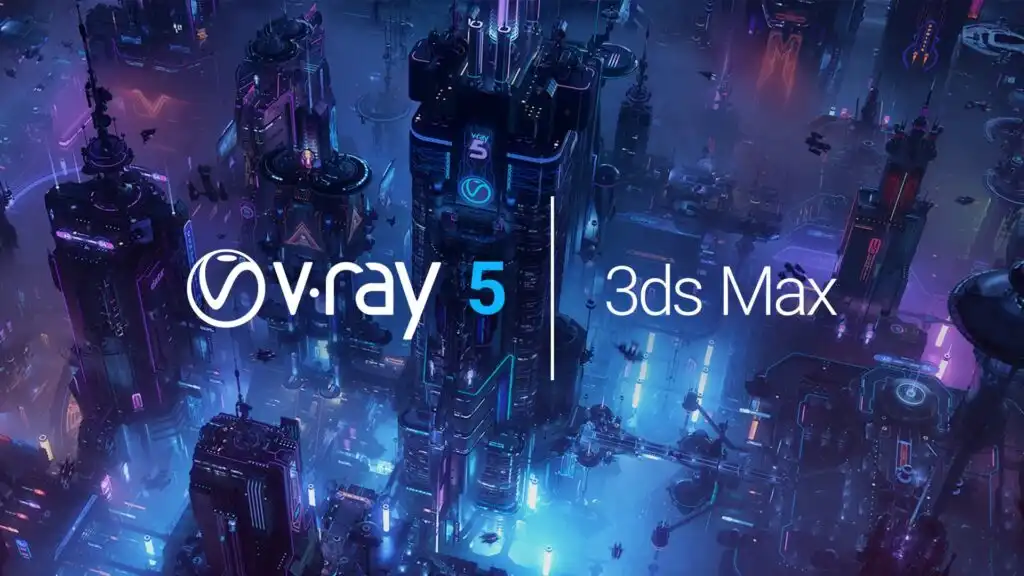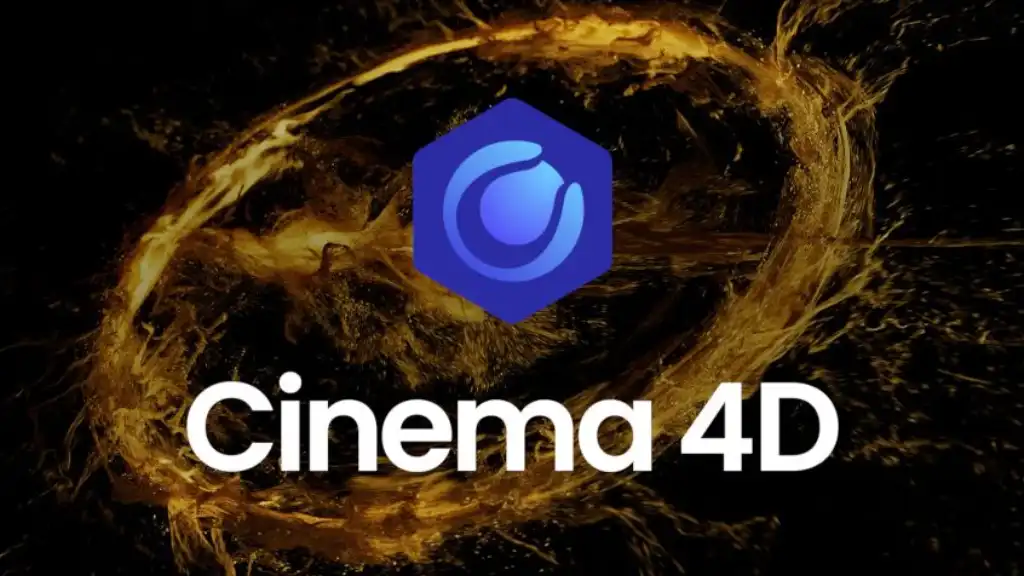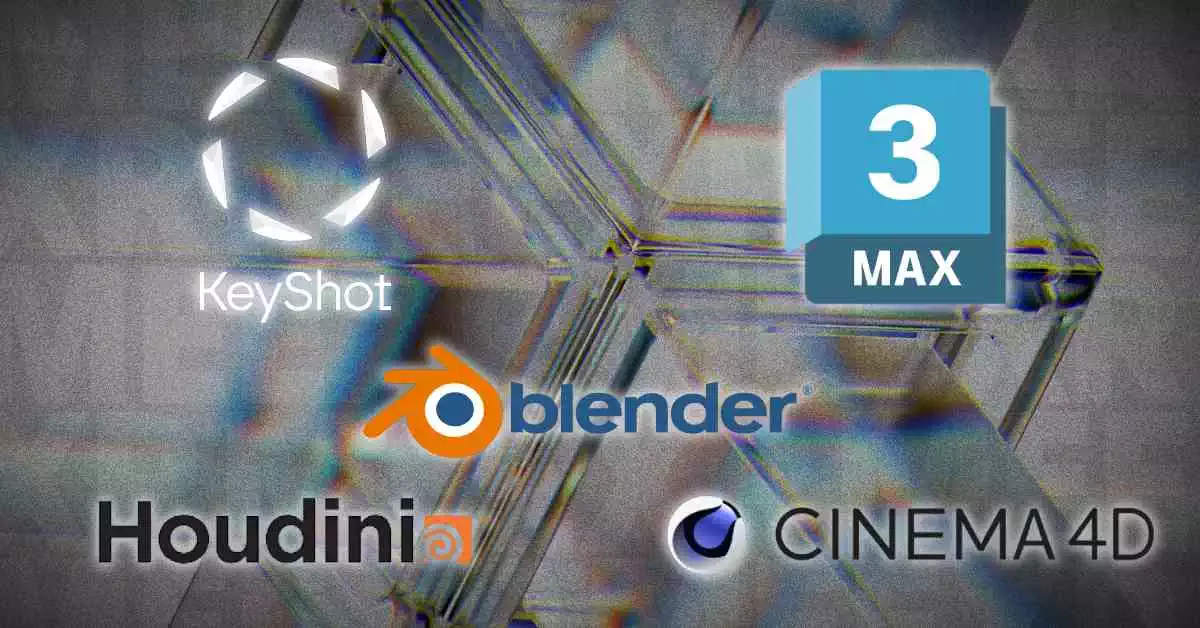Using the right rendering software is a critical step in the product design process. Whether you’re crafting sleek consumer electronics, complex mechanical assemblies, or high-end lifestyle products, the quality of your visualizations can make or break a client pitch or marketing campaign. With a range of tools on the market – each with its own strengths, features, and learning curves, navigating the landscape can feel daunting. This guide explores some of the leading rendering engines and software available today, breaking down what makes each one shine and helping you identify the right fit based on your specific goals and workflow.
Autodesk 3ds Max with V-Ray Rendering Software

Autodesk 3ds Max, when combined with the powerful V-Ray rendering engine, is widely regarded as one of the premier solutions for high-end product visualization. This duo offers an unmatched level of detail, control, and realism, making it a favorite among professionals in industries like architecture, automotive design, and consumer goods. V-Ray’s advanced ray tracing algorithms, global illumination, and support for complex materials give artists the tools needed to achieve hyper-realistic results that mimic real-world lighting and textures.
With features like physically-based rendering (PBR), advanced material layering, and powerful lighting controls, 3ds Max with V-Ray is ideal for showcasing materials such as glass, metal, plastic, and fabric in a lifelike way. Its rich plugin ecosystem and compatibility with other Autodesk tools further enhance its appeal for teams working on integrated pipelines.
If your goal is to produce polished, photorealistic renders for high-end marketing or client presentations, 3ds Max with V-Ray is a top-tier solution that delivers professional-grade results.
Blender with Cycles Rendering Software

Blender has emerged as a major player in the rendering world thanks to its open-source model, continuous development, and an ever-growing user community. At the heart of Blender’s rendering capabilities is Cycles, a physically-based path tracer that delivers impressive image quality and realistic lighting simulations. Cycles supports both CPU and GPU rendering, allowing users to optimize for speed or quality depending on their hardware setup.
The software’s node-based material editor provides granular control over textures, shaders, and lighting, while its robust suite of modeling, sculpting, and animation tools make it a fully integrated 3D content creation platform. Blender is suitable for a wide range of users—from solo freelancers and hobbyists to studios with tight budgets—thanks to its zero cost and constant stream of new features and community plugins.
Blender with Cycles is an excellent choice if you’re looking for a cost-effective, powerful rendering solution that doesn’t compromise on flexibility or quality.
KeyShot Rendering Software

KeyShot is known for its ease of use and real-time rendering capabilities, making it one of the fastest ways to turn 3D models into stunning visuals. Unlike more complex programs, KeyShot focuses on simplicity, featuring a drag-and-drop interface, preset environments, and a vast material library that can get you up and running in minutes. It’s designed to reduce the technical barrier of rendering, enabling designers to focus more on the aesthetics and less on configuring render settings.
The real-time rendering window allows users to see lighting, material, and camera changes instantly, significantly accelerating the workflow. With built-in support for major CAD formats and a tight integration with tools like SolidWorks, KeyShot is especially popular in product design, engineering, and industrial design circles.
For fast, hassle-free rendering that delivers high-quality visuals without a steep learning curve, KeyShot is a go-to choice for both professionals and teams needing rapid iteration.
Cinema 4D Rendering Software

Cinema 4D by Maxon is a versatile 3D modeling and rendering application that excels at combining artistic flexibility with technical strength. Known for its highly intuitive interface and stable performance, Cinema 4D makes it easier for artists to dive into complex scenes without feeling overwhelmed. When paired with advanced rendering engines like Redshift or Octane, it becomes a formidable tool for both static and animated product visualizations.
Cinema 4D offers robust features for procedural modeling, animation, and motion graphics, making it a popular option for designers working on promotional videos, commercials, and interactive presentations. It shines particularly in workflows where animation is just as important as rendering quality, allowing users to create polished, cinematic sequences that showcase product functionality and design in motion.
Cinema 4D is perfect for creatives who need to deliver both compelling stills and high-quality animations in a streamlined, user-friendly environment.
Houdini Rendering Software

Houdini, developed by SideFX, is a procedural 3D powerhouse best known for its capabilities in simulation, effects, and generative design. While it’s not the most common tool for traditional product visualization, it opens up a world of creative possibilities for projects that require complex interactions, fluid dynamics, particles, or parametric forms. Houdini’s node-based system allows for highly customizable workflows, making it ideal for advanced users seeking complete control over their scene elements.
Used extensively in VFX and animation industries, Houdini’s rendering capabilities are amplified through integration with engines like Karma, Redshift, and Arnold. This flexibility allows users to achieve cinematic-quality renders with sophisticated visual effects—perfect for brands looking to push the creative envelope or integrate their products into immersive storytelling environments.
If your product visualization needs extend into dynamic simulations or procedural content creation, Houdini provides the technical depth and creative freedom to bring even the most ambitious ideas to life.
Conclusion
Selecting the right rendering software hinges on your project’s needs and your personal workflow preferences. Here’s a quick overview:
Autodesk 3ds Max with V-Ray is best for high-quality, detailed rendering with photorealistic results.
Blender with Cycles offers unmatched flexibility and is ideal for both beginners and professionals, especially when budget is a concern.
KeyShot provides fast, high-quality renders with an intuitive interface.
Cinema 4D combines powerful rendering with ease of use, making it suitable for both static and animated visualizations.
Houdini excels in advanced simulations and procedural workflows for complex or interactive elements.
Each of these tools has its niche, and the best one for you will depend on your preferred workflow, project complexity, and desired output. Whether you’re aiming for hyper-realistic product shots, immersive animations, or interactive simulations, there’s a rendering software out there to help you bring your vision to life.
Related Reading
If you’re interested in performance comparisons and specs, read our in-depth breakdown: RTX 5090 vs 4090 vs 3090 Graphics Card Comparison.


